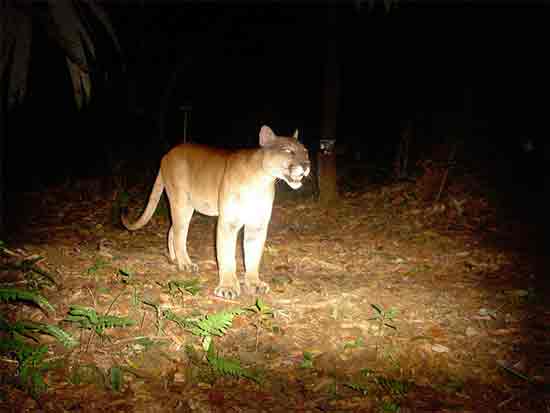
52,000 candid photos of 105 species of animal in the wild have been released by Conservation International, covering 7 protected areas. The First Global Camera Trap Mammal Study photos give insight into the lives of the animals with a focus on a global study of declining mammal populations.

Fast facts:
- Americas, Africa and Asia
- Seven sites:
- Bwindi Impenetrable Forest (Uganda)
- Udzungwa Mountains National Park (Tanzania)
- Bukit Barisan Selatan National Park (Indonesia)
- Nam Kading National Protected Area (Lao PDR)
- Central Suriname Nature Reserve (Suriname)
- Manaus (Brazil)
- Volcan Barva Transect (Costa Rica)
- 420 cameras used
- 60 cameras in each site
- 1 camera every 2 square kilometers
- Cameras were set up for a month in each place
- Timeframe of data analyzed in the paper: 2008-2010
- Number of sites being monitored today: 17
All images: Organization for Tropical Studies as part of the TEAM Network Partnership
Aren’t all wild animal photos ‘candid’? I can’t recall any such critters actually posing.
Ah, yes.
If I remove my tongue from cheek long enough to excerpt from, say, wikipedia,
“Candid photography is best described as un-posed and unplanned, immediate and unobtrusive. ”
or from wiktionary,
“A spontaneous or unposed photograph; Impartial and free from prejudice; Straightforward, open and sincere; ”
Perhaps, with less of the photographer’s eye toward composition, moment, and such aesthetic aspects of technique…and with no forewarning to the subjects.
Also from wiki[pedia, “Candid photography is opposed to the stalking involved in animal photography, sports photography or photographic journalistic intrusion, which all have a focus on getting distant objects photographed, e.g. by using telephoto lenses.” Well, these are closer up with wider lenses, anyway. 😉